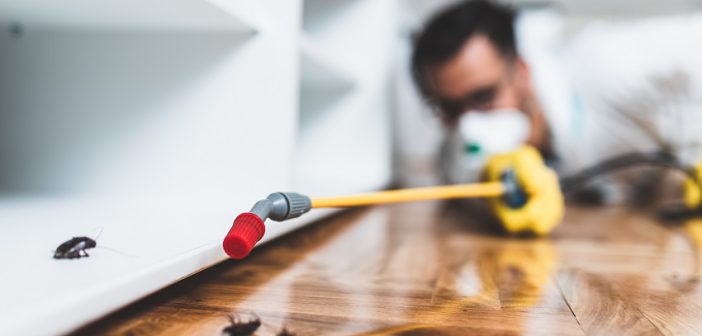If you are a mom reading this article, your first priority will be to ensure the safety of your children. You must have been trying all tried and tested ways of keeping your home and yard safe from any kind of indoor and outdoor pest infestation. However, according to The Pest Group, you never know when your home will be suddenly infested by pests to such an extent that you might have to rush to a professional pest control company.
Pests can have a dangerous impact on crops as well as humans. However, thanks to the advancements in the field of technology there are well-proven techniques and methods to curb pest infestation. Let’s check out how technology has advanced the pest control industry.
There are smarter mosquito attractants
If you do comprehensive market research, you will see that most mosquito traps use heat and light as bait to attract mosquitoes and finally kill them. These can be used to attract other insects as well like ladybugs, spiders, and honeybees. Fortunately, it is lucky enough to note that there are mosquito attractants in the market that can attract mosquitoes and also target those that carry serious diseases like dengue, Zika virus, and Chikungunya. The best thing about new mosquito attractants is they use zero toxic chemicals and this reduces the harm done to animals and humans.
Internet of Things automates pest observation
The Internet of Things is commonly referred to as IoT and it is the interconnection of computers and related devices through the Internet. There are several daily-use devices like smart appliances, smart home security systems, and variable devices that have the capability of sending and receiving data through integrated computing and smart Technology. With regard to pest control, the Internet of Things has played a vital role in automating pest observation. There are automated insect monitoring devices, pheromone dispensers, and camera-enabled traps that can connect with each other and transmit data in an efficient way.
Heat treatment to kill pests
Although the method of using heat for killing pests is nothing new, there are recent innovations like non-toxic heat treatments that have been proven to be more efficient and effective. The latest heat treatments include the use of infrared rays that penetrate through surfaces to kill insects without damaging any physical structure. The heat dehydrates the pests and kills them by interrupting their physiological processes. As compared to toxic sprays, these infrared rays are more effective and they don’t cause any harm to pets and humans.
Birth control technologies
Just as there is Human birth control, insects can also be prevented and eliminated by promoting birth control. You can sterilize insects through radiation during the larval stage and prevent them from reproducing and maturing in the near future. This process of pest control reduces the number of pests while allowing them to still be a part of the environment as beneficial organisms.
So, if you are a mom and you are constantly concerned about the safety of your kids and family members, you should welcome the latest pest control technology in your home to ensure a protected environment.




